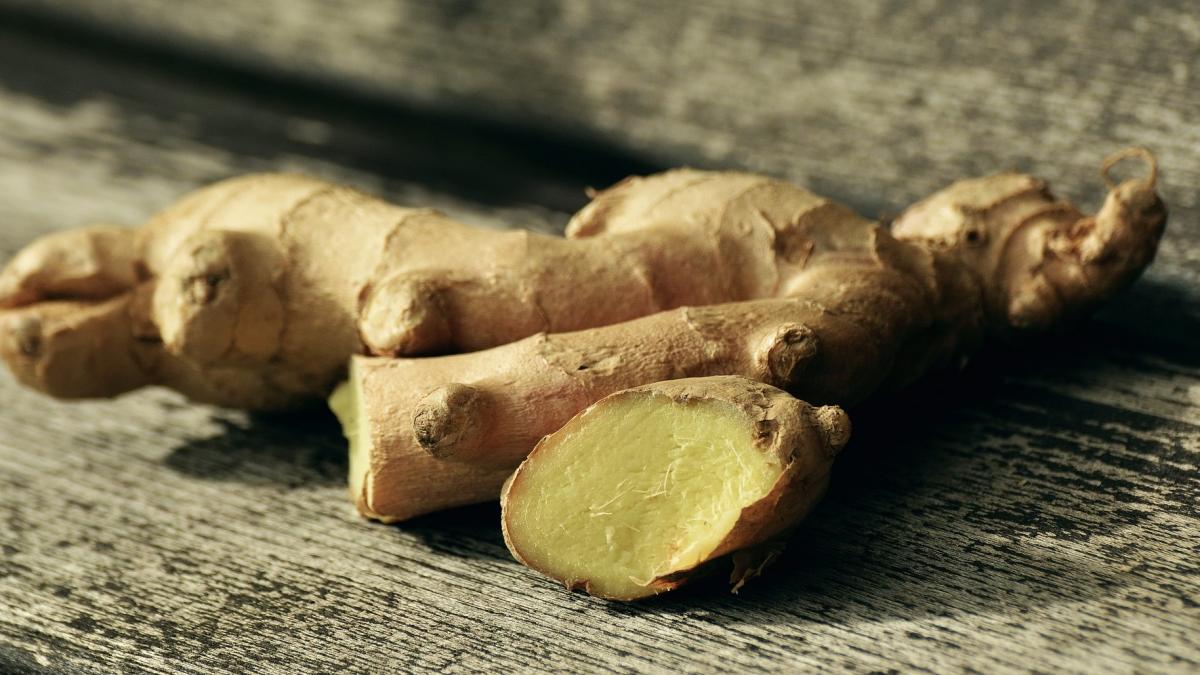You are here
Back to topGinger Exports Unexpectedly Rise, International Prices Soar

Although most agricultural exports have been hampered by the COVID-19 outbreak, ginger exports have unexpectedly improved. According to customs statistics, ginger exports in January and February reached a total value of $93.29 million, 14.4% higher than the same period last year. In China, ginger prices rose in February and March, stabilized, and are now beginning to fall.
After the COVID-19 outbreak spread globally in March, ginger prices around the world soared. Prices in Australia rose to AU$85 per kilogram (367 Chinese yuan, $52), overtaking the price of shrimp. In Indonesia, ginger prices tripled in three days. Meanwhile, ginger prices in Kazakhstan skyrocketed from 1,500 Kazakh tenge (24.3 yuan, $3.4) to 7,000 tenge (113.5 yuan, $14.8) per kilogram. In regions of Russia such as Samara, Volgograd, Saratov and the Republic of Bashkortostan, ginger prices jumped to 4,000 Russian rubles (359.3 yuan, $50.8) per kilogram; in some areas, ginger was even being sold for 7,000 rubles (628.7 yuan, $88.8) per kilogram. The price increase in some countries can primarily be attributed to two factors. The first is the impact that the COVID-19 outbreak has had on international trade, thereby increasing logistics costs and limiting the supply of goods. The second is that there have been rumors in some countries that ginger can be used to treat COVID-19. Although scientists have refuted these claims, this fact has not prevented some people from stocking up on ginger.
Although most countries have implemented lockdown policies, given that ginger is considered an essential spice, overseas orders have continued to rise. According to a spokesperson for Laiwu Manhing Foods Corporation, the largest ginger exporter in Shandong province’s Laiwu prefecture, “The sudden outbreak of the epidemic after Spring Festival impacted both the Chinese and global economy. Manhing did take a hit, but as production resumes, our business is returning to normal. We are fairly optimistic about this year’s exports. We have benefited from a stable production chain, from ample supply to smooth, continuous sales. Demand has been excellent, so our business this year will not be affected dramatically. Our yearly plan remains unchanged. We will increase our production capacity and expand on dehydrated and preserved goods.” Furthermore, the Australian and New Zealand markets have now opened up to China. In March 2020, the first batch of 21.6 tons of Chinese fresh ginger was successfully transported to New Zealand. This appears to be the first time that China has exported ginger to New Zealand, and represents part of the 500 tons of ginger to be supplied as per a previous contract between the two countries.
Within China, ginger prices rose at the beginning of the year and subsequently fell. In February, ginger prices at Shandong province’s Changyi Market began to increase owing to the outbreak. While the price of premium-quality ginger had previously remained consistent at 4 yuan per jin (roughly 0.5 kilograms), it suddenly increased to approximately 4.5 yuan, topping out at 4.7 yuan. Prices started to fall in March and have now returned to their typical level of 4 yuan per jin. It is likely that this pattern will repeat in other large market areas for ginger.
The ginger planting area in China has also continued to grow. In 2011, the planting area increased significantly, causing a substantial price drop the following year. Further increases in the planting area were also seen in 2017 and 2018; however, owing to the weather and other factors, the market saw little fluctuation, leading to minimal market growth in 2019. In 2020, the ginger planting area is continuing to expand and is already approximately equal to what it was at its height in 2011. As the planting area continues to grow, so too does the risk of a long-term price drop.
Image: Pixabay
This article was translated from Chinese. Read the original article.















Add new comment